Opportunities
On this page

Technology opportunities for improving connectivity
New Zealand’s telecommunications networks deliver connectivity to New Zealanders through a mix of different technologies. As quickly as our connectivity needs evolve and grow, so do the technologies that can deliver real connectivity improvements for New Zealanders. As we look to the future of connectivity, the right mix of these technologies will help New Zealanders access connectivity with the coverage, performance and pricing they need.
Fibre
Fibre-optic cabling (simply referred to as fibre) is currently available for around 1.8 million homes and businesses.
Fibre is capable of handling high upload and download speeds with low latency. Speeds in New Zealand for fibre range from 50 Mbps upwards (depending on plan and user equipment). Fibre’s high speed, high capacity, low latency and comparatively low energy requirements also make it well suited for handling the expected future growth in demand for data and network speeds (including across the backhaul parts of the network).
There are likely opportunities to improve the ‘highways’ of the network by extending fibre networks.
No matter what kind of access technology is used to provide service to your home, business and mobile devices, these eventually connect to the rest of the network via backhaul networks. Improving backhaul capacity and coverage by upgrading to fibre for example, can improve the experience for everyone, no matter what technology is used to deliver your broadband service.
Fixed wireless
Fixed wireless access is a broadband service that enables an end user to connect through wireless technology, for example cellular. The service is broadcast through airwaves from towers to receivers installed on the user’s property, usually a standard wireless modem, or augmented with an antenna where necessary.
Low earth orbit and geostationary earth orbit satellites
Low earth orbit (LEO) and geostationary (GEO) satellites are increasingly providing a greater ability for users in more remote parts of Aotearoa New Zealand to connect to the internet where other types of connectivity infrastructure are not available.
Geostationary orbit satellites are an established technology with many providers in Aotearoa New Zealand already selling internet service plans to customers taking advantage of the technology. Geostationary satellites remain in a fixed position at a high altitude, which allows each satellite to cover a wide geographic area without the need for an extensive ground-based network.
Low earth orbit satellites are a more recent innovation. They comprise many small satellites (referred to as constellations) that orbit the earth at a much lower altitude than geostationary satellites, with each satellite traversing a much smaller area than a single geostationary satellite. Low earth orbit satellites can offer high speeds and low latency (with some service providers offering speeds of 100 Mbps or more).
However, because they move in the sky, their signal can occasionally be temporarily blocked as they ‘move behind’ hills, trees or structures.
5G Networks
5G technology is the next generation of cellular mobile technology. It is expected to deliver faster and more reliable services supporting innovation and productivity. Compared with 4G technology, 5G offers:
- much faster upload and download speeds,
- lower latency (assuming other components of the network are equipped and configured to handle higher speeds), and
- greater data carrying capacity.
5G can offer a superior broadband experience when compared to 4G, and is capable of supporting the expected huge growth in the number of connected devices.
However, the high frequencies used for most 5G equipment often mean the signals have a shorter broadcast range. These same frequencies are also more prone to being blocked by buildings, trees, hills and other obstacles. This can mean that more towers are required than 3G or 4G to cover a similar land area, which can make building, operating and maintaining a 5G network more expensive (particularly in rural areas where there are greater distances between customers).
In urban areas, the high number of customers within a small area generally makes it economically feasible to build very small radio transmitters for 5G (sometimes called micro-cells) to overcome the shorter range of 5G, and the blocking effects of buildings. The increased use of micro-cells in urban areas means taking a different approach to the location and design of fixed and mobile phone infrastructure.
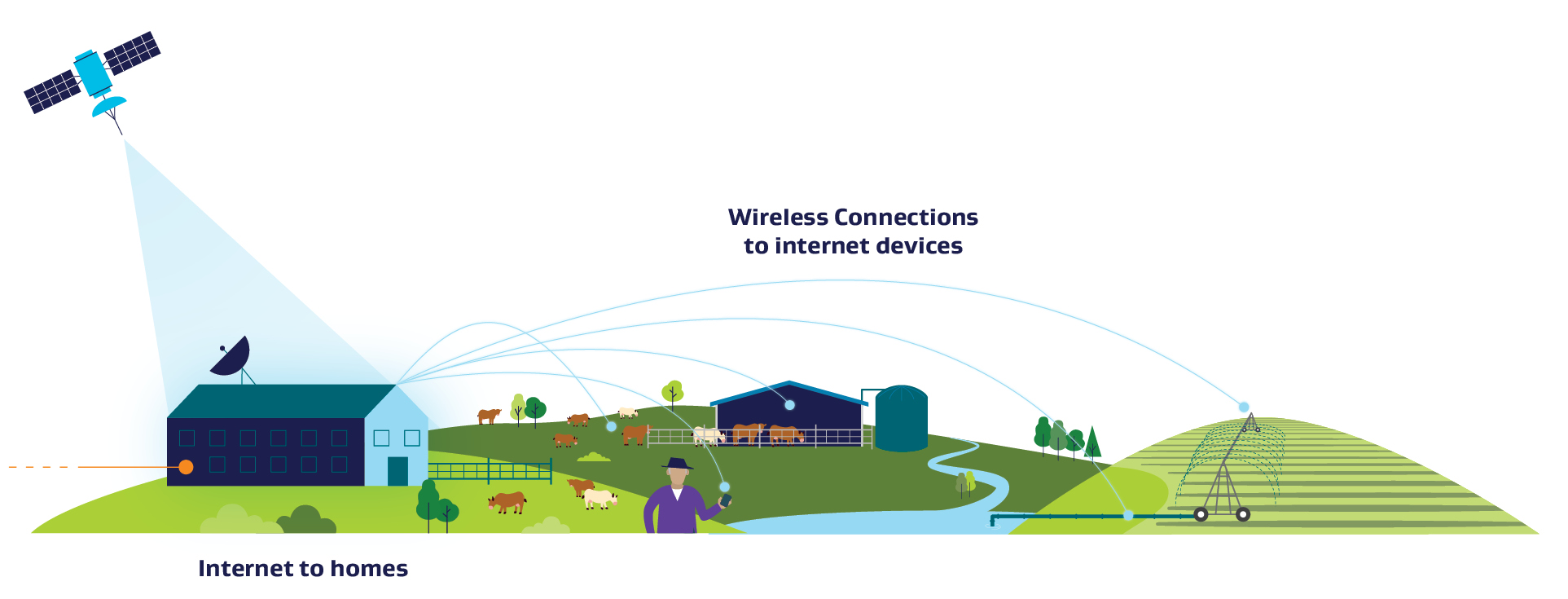
Internet of Things and local wireless solutions
The Internet of Things (IoT) refers to the growing range of physical objects and devices around the world that connect to the internet and each other to communicate for sharing data. These devices are sometimes referred to as “smart devices”.
Smart devices may come equipped with sensors, cameras, chips for recording and sending data (such as over Wi-Fi, Bluetooth, cellular or Near Field Communications) and GPS. In most cases smart devices connect to a central server or website and require connectivity.
Fixed wireless and Wi-Fi access can be used in rural situations to extend broadband access into the surrounding environment, enabling coverage to IoT devices.
There is expected to be an education role for government to play in raising awareness of the opportunities presented by wireless extension technologies and the options available to maximise its potential and provide cost-effective local solutions.
Local solutions for local needs
The range of connectivity technologies now available means that local communities have more choice in improving coverage or capacity, including from smaller network operators. For example:
- Smaller communities are often aware of their particular needs and, given options and knowledge can identify innovative, cost-effective solutions for meeting those needs.
- Wireless Internet Service Providers (WISPs) and similar scale market entrants can often make use of smaller, less costly infrastructure and localised licensing to provide services to a small community.
- As noted above, at an individual rural property level, a property owner can take advantage of off- the-shelf Wi-Fi technology to extend coverage to other parts of their property. That technology can provide them with internet access or allow them to make voice calls over the internet (VoIP).
- Iwi or hapū can enter into partnerships with providers or set up their own localised connectivity solutions to meet their needs, or those of their communities.
Case study: Green energy for telecommunications infrastructure - WISPs focus
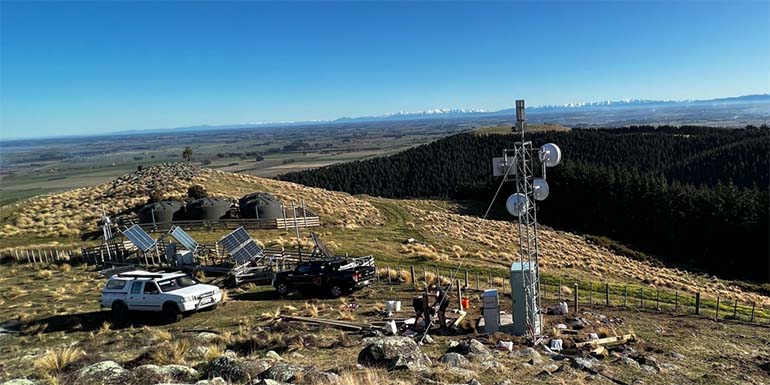
Market players in the telecommunication sector are exploring diverse ways to find long-term energy solutions for their business, which often includes adopting ‘green’ technologies.
Green energy use for wireless broadband
Numerous WISPs have off-grid installations where they cannot get mains power to sites to provide connectivity to an area. WISPs are utilising innovative solutions in such cases, including green energy options.
“Off-grid power solutions account for likely 50-60% of WISP’s network repeater sites throughout New Zealand, large and small. That’s likely to be more than 1500 repeaters nationwide,” says Mike Smith, the Chair of Wireless Internet Service Providers Association.
Solar Panels are widely used by WISPs, and they are trying to adopt new technologies to provide further sustainable power sources, including wind energy generation and lithium battery storage.
A cell tower located approximately 5km from Tai Tapu is providing coverage out to Rolleston, Burnham, Ellesmere and Lincoln. This wireless tower is completely off-grid, using a solar panel as its primary power source. It also runs the latest in lithium battery technology. The owner of the wireless tower, Ultimate Broadband, is also considering deploying a wind generator. This wireless tower provides broadband to nearby farms for automation solutions, such as monitoring water, automating gates, drones, stock trackability and pump operation.
Case study: Coverage in remote areas using satellites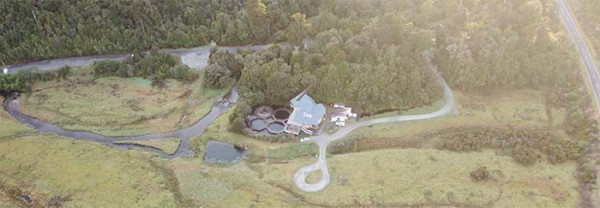
Satellite broadband services have been available for many years utilising GEO satellites. GEO satellites orbit over the equator at about 36,000 km. In this position they can travel at the same rate as the Earth’s rotation so can appear to remain stationary from below.
New Zealand-based solutions such as those from satellite broadband provider Gravity, have been providing an alternative to terrestrial connectivity solutions for rural and remote locations where terrestrial connection options may be expensive, restrictive or slow.
Ben Monk owns and operates the South Westland Salmon farm and café near Fox Glacier. Frustrated with patchy, slow internet that made things “just about impossible”, the family made the switch from a terrestrial-based wireless service to a satellite service in 2020. “It’s a real lifeline to have good satellite internet,” says Ben. As mobile phone coverage doesn’t reach into the valley, Gravity has set up connections at Ben’s home, his business, his parents’ home, and even at the family whitebait stand, so everyone can keep in touch throughout the day.
Technological advancement and innovation in the satellite and space industries has emerged in the last few years to produce a new generation of LEO satellites capable of providing high-quality broadband services. LEO satellite constellations orbit closer to the surface of the Earth at distances between 250km and 2,000km from the Earth’s surface. This lower orbit significantly reduces the distance to transmit information and therefore the lag between information being sent and received (latency).
Broadband provided by LEO satellites services from international companies such as Starlink are becoming more readily available throughout New Zealand, providing another connectivity option for the most remote parts of the country.
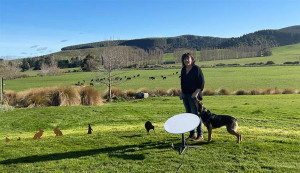 Margie Ruddenklau is a sheep and beef farmer at Hokonui, and Southland district councillor. She has been using LEO-based satellite broadband since July 2021 in her day-to-day life – at her house and on the farm. With this new service, she can dial-in to council meetings and virtual quiz nights with friends, not to mention stream video content. Being online also helps with her day-to-day management on the farm, for example identifying any animal health issues on the spot.
Margie Ruddenklau is a sheep and beef farmer at Hokonui, and Southland district councillor. She has been using LEO-based satellite broadband since July 2021 in her day-to-day life – at her house and on the farm. With this new service, she can dial-in to council meetings and virtual quiz nights with friends, not to mention stream video content. Being online also helps with her day-to-day management on the farm, for example identifying any animal health issues on the spot.
Case study: Opportunities in IoT

In large cities, IoT is most associated with smart buildings and industry. For the agricultural sector, IoT has the potential to unlock precision farming, enabling efficiencies in monitoring livestock and climate, managing farm systems, fuel distribution, improved data collection for compliance reporting and resource optimisation, and reducing waste and cost.
In Aotearoa New Zealand agriculture is a significant contributor to our GDP. IoT adoption represents an opportunity to increase the efficiency and lift productivity of one of New Zealand’s largest export sectors by managing increasingly expensive resources, helping automate the rebate process for taxes, as well as the monitoring and reporting of water tanks and fertiliser application.
Pāmu Farms partnering to explore ‘smart farming’ applications
Pāmu Farms are a State-Owned Enterprise with a nationwide portfolio of farms that produce milk, beef, lamb, wool, venison, wood and much more. Pāmu Farms are recognised as a leader in farming practices in New Zealand, and around the world.
Pāmu partnered with Vodafone on their Rural Connect project to successfully bring fast and reliable connectivity to 125 Pāmu farms around New Zealand. Pāmu continue to partner with innovative companies, such as Shape Technology, to develop and utilise the latest in IoT solutions.
Using a modular approach to designing low-powered wireless hardware and cloud software, Shape Technology have built end-to-end IoT applications for water metering, off-grid energy systems, industrial manufacturing, environmental monitoring, public asset monitoring, transportation safety systems, crop and animal monitoring systems and operational safety systems. Shape have utilised the latest in remote asset monitoring technologies through partnering with Vodafone to access their terrestrial IoT network, as well as using Swarm Technologies to utilise their LEO IoT satellite constellation for connection in very remote locations.
Combining these technologies with low-powered edge computing and cloud data analytics has allowed Shape to deliver revolutionary ways of keeping an eye on remote but important assets for Pāmu.
Case study: Telehealth
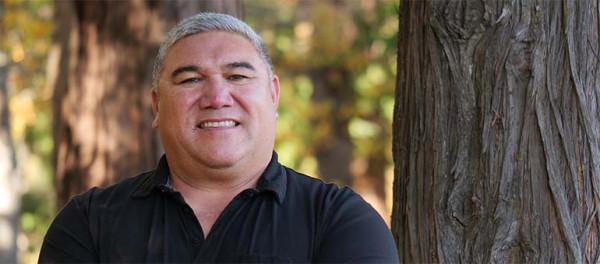
Telehealth is the use of information and communication technologies to deliver health care when consumers and care providers are not in the same physical location. It provides people flexibility to access the health care they need and was key to supporting the health needs of many New Zealanders during the peak of the COVID-19 pandemic.
Broadband and mobile connectivity infrastructure is crucial for effective telehealth and other digital health care. Although there is still further work to be done to realise the full benefits of telehealth, improvements in connectivity will enable telehealth services to evolve and better help New Zealanders.
The TeleOra service in Canterbury (see the use case below) is an example of how telehealth services, supported by digital connectivity infrastructure, can complement in-person primary healthcare, and more broadly support people’s access to the healthcare system.
Telehealth
Canterbury-based primary health organisation (PHO) Waitaha Primary Health has developed a new telehealth application – TeleOra. The PHO received funding for the project from the Ministry of Health’s Digital Enablement Programme.
TeleOra will assist people who have difficulty accessing health care, including Māori and Pacific peoples. It is being built to support practices, other health practitioners and whānau to deliver digital care. It includes, for example, the ability for general practitioners to prescribe medication online and send the prescription to their patient’s chosen pharmacy for collection.
Waitaha’s Māori health advisor/kaihautū Pari Hunt says telehealth reaches more people, improves the quality of healthcare and reduces costs to patients. “TeleOra provides a health service that is equitable for the local community.” He says the telehealth approach showed great promise during the COVID-19 lockdown in 2020, and again when practices contacted people about getting their COVID-19 vaccinations.
“During lockdown we saw a significant increase in Māori and Pasifika using telehealth. It was so convenient; not having to find a park, not having to use the car, not having to wait in the waiting room, not sitting with other sick people, not having to take other younger whānau members if you were a single parent – the benefits go on and on.”
“And we saw again how well the approach worked when we rolled out COVID vaccines in Ashburton. One of our kaimahi rang people who were eligible, using a whakawhanaungatanga approach. That was really effective, people were very engaged.”
Waitaha chief executive Bill Eschenbach says TeleOra is also supporting clinicians to become more confident in using data and digital technology to improve people’s health.

